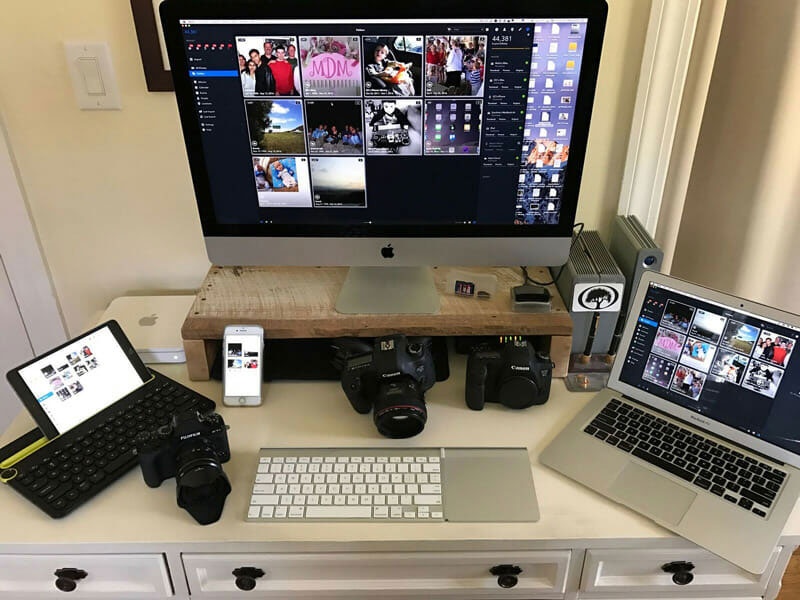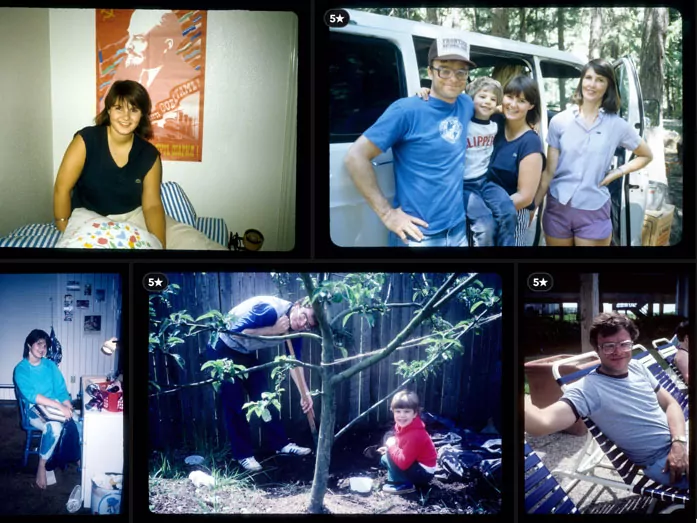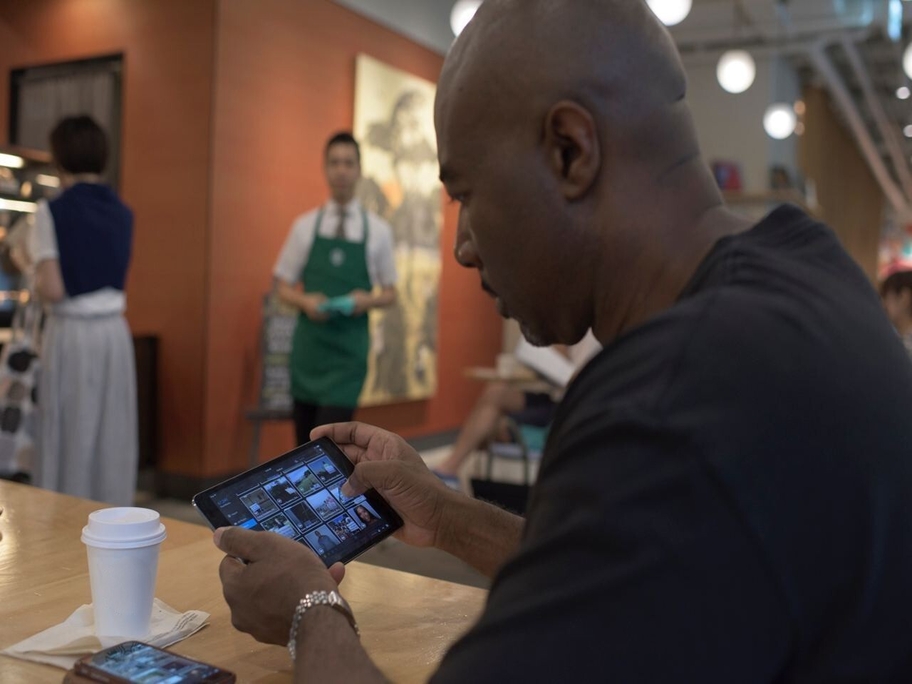Photography wasn’t Mark Collie’s first act, but when his talents proved highly marketable, he jumped in feet first, starting Quiver Tree Photography in Washington, North Carolina. Here, he talks about the technology challengers a commercial photographer faces — and how Mylio’s user-friendly features made his life easier.
You have a thriving business and a large family. How do you manage both?
My wife Caroline and I run Quiver Tree Photography, based in Washington, North Carolina. It started as a wedding business and now we also shoot for a number of commercial clients. And, yes, we have a busy household with four children — eight, five, three, and almost one year-old. Caroline looks after the kids, including homeschooling. So in terms of tools that give us more speed and efficiency, yeah, we’re looking for any advantage we can get.

Have you always been in the photo business?
Not at all. We were doing missionary work but moved back to my native South Africa to start a nonprofit. That’s actually when taking pictures became more than just snapshots of the kids, because when you run a nonprofit, you’re the CEO, you’re the secretary, and unless someone else steps up to do it, you’re the photographer, too.
How did you decide to start a proper photo business?
By the time we moved back to North Carolina, we were, to be honest, struggling financially. I needed to make something work to put food on the table for my family. Fortunately, a professional photographer invited me to be a second-shooter for a wedding, and on the strength of that experience, my wife and I decided to start Quiver Tree. We jumped right in, opening a gallery and offering `lifestyle’ sessions — basically chasing around two- and three-year-olds in the humidity, trying to capture something. Things were tight at first. If you’d asked me then to take pictures of pets, I would have said yes.
How did you discover Mylio?
Well, initially because Apple killed Aperture. My family has always been an Apple family — iPads, MacBooks, iPhones. We were using iPhoto before we started the business, then Aperture and Lightroom as we got more serious about photography. But as our business grew, I realized I had a photo management problem: My personal photos were in iPhoto and Aperture, and our wedding and commercial work was in Lightroom.

Sounds complicated.
It was. The chaos was so difficult to work with that I wasn’t motivated to try to fix it. I was culling my personal images less and less. Trying to manage it all was draining some of my joy in photograph. I had to find a new solution. I found a blog post by Chase Jarvis inviting folks to check out Mylio. I thought, this is the magic bullet.
What was initially appealing?
Having one central place to view all your photos no matter where they are — and knowing they’re backed up in several locations — is phenomenal. I’ve been using Mylio since it was in beta, so I’ve seen how it’s developed and grown.

How do you use Mylio for your business?
Mylio is an integral part of my workflow. After shooting a wedding, I’ll have 3,000 to 4,000 images so first I’ll cull through the images using Photo Mechanic, then drop what I keep into a Lightroom catalog before sending them off to ShootDotEdit for white balance, color control, and so on. When the photos come back, I merge the two catalogues, and fine-tune things in Lightroom. Once I’m happy with the finished product — including versions of everything in black and white — I use Mylio as a photo organizer to manage what goes where, and when. If I want to access images for our blog or for a slide show to present to clients, I can do that. I can even be out of town when I finish an edit, and my wife can pull the images from Mylio while I continue to do other work.
How many images do you manage on Mylio?
I have close to 50,000 personal images and 150,000 professional images, and I’m creating more each day. I archive client work so that it doesn’t distract me as I do other projects. I can reference images in Mylio when I want to work on them, then set things so that I don’t see them after I’ve delivered the finished product. I don’t get slowed down by seeing what I don’t need.
The other bonus is that Caroline and I are able to work really efficiently, because we can work in tandem. I do image culling and tending, and she does things like our blog. We each have an iMac; I know that if I’ve looked at a set of images for so long that I can’t make a decision, they will show up on her machine right away, and she can take things from there. I don’t even have to get out of my seat. Mylio has really sped up how we work.

How do you protect your pictures?
I don’t use iCloud for photos; it’s just not something I want to work with. With Mylio, everything I capture — no matter which device I use —gets backed up on my desktop. I don’t have to plug anything in. It just happens. Knowing my iPhone photos and videos are being magically transported to my hard drive is huge.
How do you use Mylio for your personal photos?
Like I said, I probably have 50,000 family photos and need to cull them, but there’s no deadline because with Mylio I have this peace of mind that they’re waiting for me. I won’t lose anything. Anything I capture with my camera or phone, I don’t have to worry they’ll go away. When I do have a spare moment, I can pick up an iPhone or iPad, or go to my iMac, open Mylio, go to my cull folder, and do a quick edit. Not for perfection, but to preserve my memories. Mylio does so many things; it’s like a Swiss Army knife.
To try Mylio yourself, download the free app.



